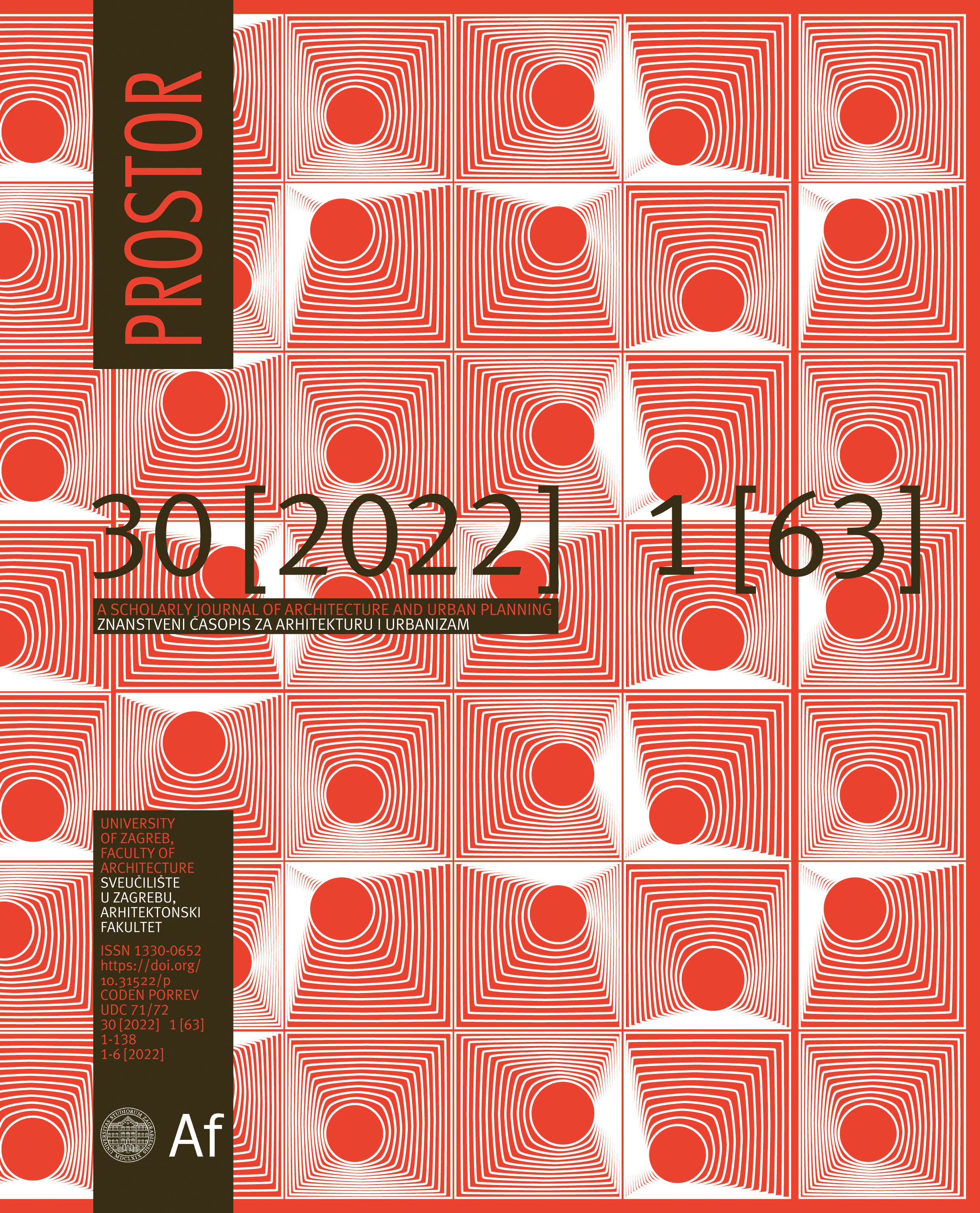The Comparative Analysis of the Scoring System Used in BREEAM International New Construction 2016 and the Recent Trends in Housing Sustainability-Related Literature
DOI:
https://doi.org/10.31522/p.30.1(63).10Keywords:
BREEAM certificate, building benchmarking, sustainability assessment tools, sustainable housingAbstract
Paying attention to the sustainability of houses and any effort in this direction can be extremely important in achieving more sustainable societies. In this regard, sustainability assessment tools and more specifically the certificates that are used to evaluate the sustainability of urban houses can play major roles and, therefore, present points that need to be as efficient as possible. The study is an attempt at analyzing the efficiency of BREEAM (The British Building Research Establishment Environmental Assessment Method), as one of the most advanced and highest used certificates (in the world) in the housing sector, based on the results from a systematic literature review. To achieve this goal, the scoring system used in the BREEAM International New Construction 2016 is evaluated in order to see if the credits and weightings that are assigned to the assessment issues are aligned with the trends existing in the recent literature related to urban housing sustainability. The results of a previously published systematic review of 118 recent papers are used to extract the most important factors (and their importance degrees) affecting the sustainability of urban houses on a global scale. The analysis outcome shows significant differences in the prioritization of factors and the importance degree given to each factor between the BREEAM evaluation process and the literature review factors.
Downloads
Published
How to Cite
Issue
Section
License
Copyright (c) 2022 Mohsen Sanei

This work is licensed under a Creative Commons Attribution 4.0 International License.
Copyright (c) 2021 authors and journal.
This work is licensed under a Creative Commons Attribution 4.0 International License.
Authors who publish with this journal agree to the following terms:
In agreeing this form, you certify that:
- You read the ethical codex of the PROSTOR available at journal web.
- You submitted work is your original work, and has not previously been published and does not include any form of plagiarism.
- You own copyright in the submitted work, and are therefore permitted to assign the licence to publish to PROSTOR.
- Your submitted work contains no violation of any existing copyright or other third party right or any material of an obscene, libellous or otherwise unlawful nature.
- You have obtained permission for and acknowledged the source of any illustrations, diagrams or other material included in the work of which you are not the copyright owner.
- You have taken due care to ensure the accuracy of the work, and that, to the best of your knowledge, there are no false statements made within it.
- All co-authors of this submitted work are aware of, and in agreement with, the terms of this licence and that the submitted manuscript has been approved by these authors.







